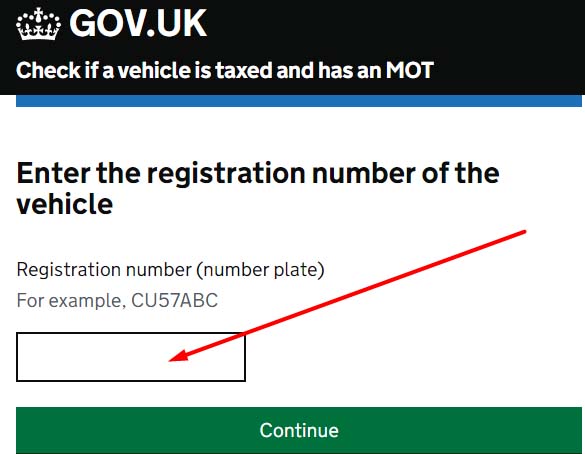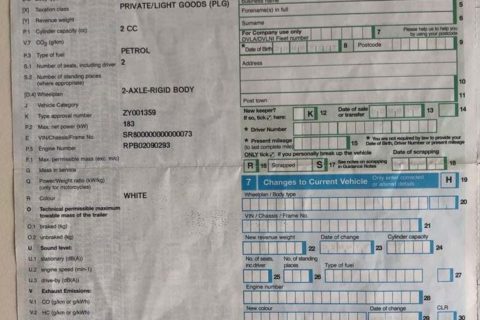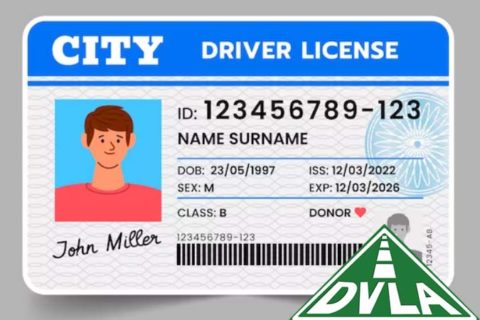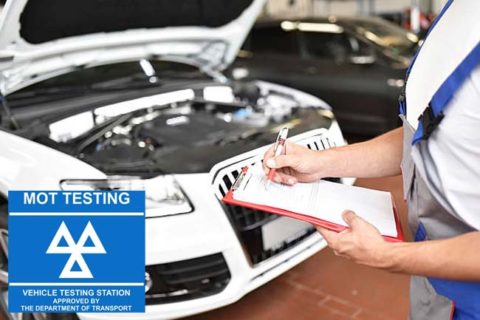DVLA (Driver and Vehicle Licensing Agency) is an executive agency of the Department for Transport (DfT) in the United Kingdom. DVLA has responsibility to maintain a database of drivers in Great Britain and a database of vehicles for the whole of the United Kingdom. Some functions of DVLA revolve around issuing driving license and vehicle registration certificates, recording driver endorsements, as well as taking enforcement action against vehicle tax evaders.
The DVLA (Driver and Vehicle Licensing Agency) provides several online services to help vehicle owners or buyers perform vehicle checks. These vehicle checks are very essential to ensure the vehicle’s legality, safety, history, and ownership details. In the following text, you can find out a guide on how to get vehicle information through the DVLA’s online service.
Before you start, need to know that you can use this DVLA’s online service to check details about a vehicle, including:
-
- Vehicle tax
- When its MOT expires
- The date it was first registered
- Last log book (V5C) issue date
- SORN (Statutory off- Road Notification) status
- Year of manufacture
- Type approval category
- Weight
- Engine size
- CO2 Emissions
- Fuel type
- Export status
DVLA Vehicle Information Check – Here’s Guide
The basic DVLA vehicle information check is the first step to collect crucial information about a vehicle. To do that, simply you can check it online. Remember that you will need the vehicle’s registration number.
Here is how to do:
- At the first step, go to the DVLA’s official website. Or, simply you can visit this link; https://www.gov.uk/get-vehicle-information-from-dvla

- After that, click at the green “Start Now” button.
- On the next page, you will be asked to enter a vehicle’s registration number (number plate). Make sure that you enter a vehicle’s registration number correctly.
- Lastly, you only need to click on the “Continue” button.
The system will give you some important information about the vehicle, including vehicle tax status, MOT history, and the date it was registered for the first time. Also, this check assists you verify whether the vehicle is legally registered and taxed or not.
Warning: If you are sure that you entered a vehicle registration number correctly, but the vehicle details could not be found, please contact DVLA by phone at 0300 790 6802. Or you can also contact DVLA by email.
Vehicle MOT History Check
To check a vehicle’s MOT history, follow these steps below.
- At the first step, go to the DVLA’s official website. Or, simply you can visit this link; https://www.gov.uk/check-mot-history
- After that, click at the green “Start Now” button.
- Then, enter the vehicle’s number plate (registration number).
- Next, follow the on-screen instructions.
This check allows you to find out the vehicle’s MOT test history, including pass/fail results and mileage recorded when tested. You will be able to know when its MOT expires. Aside from that, you can also download a copy of the current and previous MOT certificates.
Request Information About a Vehicle and Its Registered Owner
If you have a reasonable cause, you can request information about a vehicle and its registered owner from DVLA. To make a request, you must fill in a form. Then, apply it by post. If you are an individual, you can use form V888. While if you are a company that issues notices, then you can use form V888/3.
Other Ways to Check a Vehicle’s Details
If you want to check other information details of a vehicle or need to make further enquiries, please contact DVLA.
By phone
DVLA Vehicle Enquiries
Telephone: 0300 790 6802
Monday to Friday (8am to 7pm)
Saturdays (8am to 2pm)
By webchat
You can use the webchat service to contact DVLA regarding vehicle registration and V5C certificates (log books).
By email
You can use the email service to contact DVLA regarding vehicle registration.
By post
Vehicle Customer Services
DVLA
Swansea
SA99 1AR

A bookworm and researcher especially related to law and citizenship education. I spend time every day in front of the internet and the campus library.





